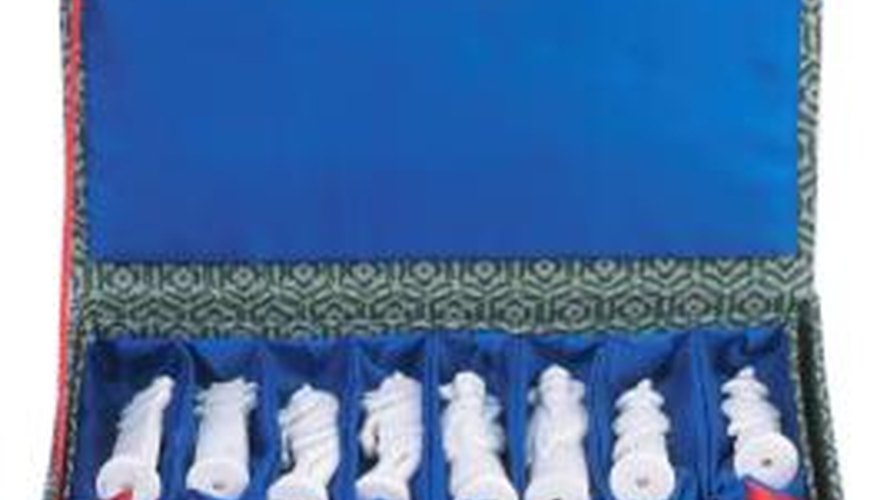The most common forms of ivory are those collected from walrus tusks, elephant tusks and mastodon or mammoth tusks. Ivory is used in a variety or projects, including making or repairing cue sticks, piano keys, violin, viola, cello bows, and guitars. Working with ivory, however, can be difficult if you do not have the right products, methods and tools to safely and securely complete your project. Gluing ivory can be done easily if you follow the correct steps and use the proper products for your project.
- The most common forms of ivory are those collected from walrus tusks, elephant tusks and mastodon or mammoth tusks.
- Working with ivory, however, can be difficult if you do not have the right products, methods and tools to safely and securely complete your project.
Seal the piece of ivory you are working with one to two thin coats of super glue to prevent cracking. Allow to dry thoroughly before adhering ivory to any surface.
Choose the appropriate glue for your project. White glue, such as Elmer's, works in most cases, but epoxy works better for inserting ivory into flat grain wood. If the ivory and the object you would like to glue the ivory to are both smooth, CA glues work well. PVA resin glue works on most projects and tends to be stronger than white glue.
Line up the ivory piece to the appropriate spot on the object where you would like to glue the ivory. You may want to lightly mark the area with a pencil in order to determine whether or not the ivory slips during the gluing or setting process.
Clamp the ivory while gluing so that the moisture in the glue does not react with the ivory in a way that would prevent the ivory from adhering to the other object properly. Clamp for 48 hours or longer to ensure that the glue dries completely.
